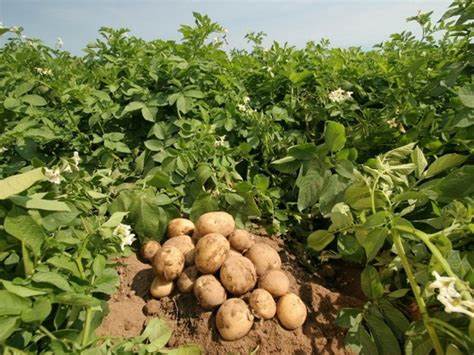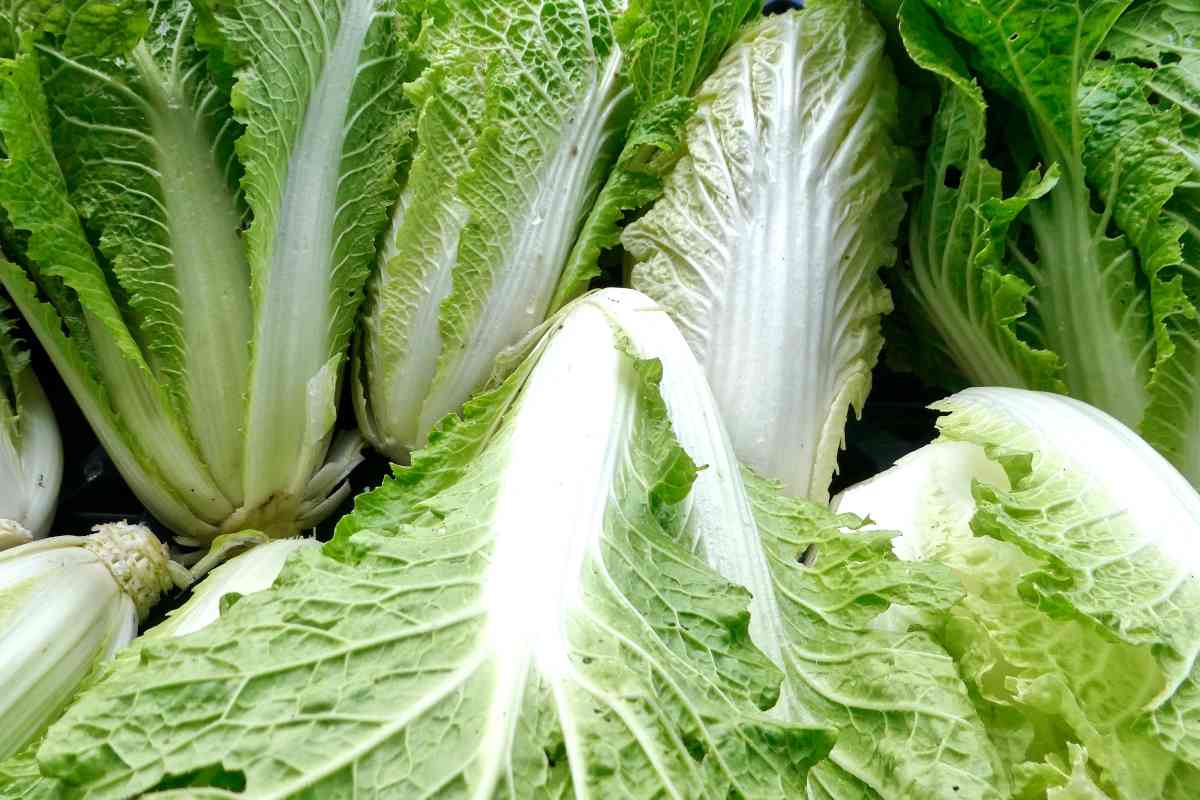CASSAVA HARVESTING

- Musa Silumesii
- 16 Oct, 2023
CASSAVA HARVESTING
WHEN TO HARVEST
Cassava roots may lose the valuable starch, rot or become woody if not harvested at maturity. They are exposed to rodents and the land cannot be put into productive use in the next season if the roots are not harvested.
This contributes to the general agriculture outputs in smallholder systems and can cause shortage of land and increase production costs, especially in places where land is scarce.
This section provides a guide on proper harvesting and postharvest handling of cassava. Harvest cassava roots when they are mature to have accumulated enough starch but have not yet become fibrous. The optimum age when the starch and dry matter yields are highest is 9 – 12 months after planting, depending on the variety and the climate. Some varieties mature in 15 – 18 months.
Extended cold season may delay the maturity of cassava. Harvesting to early may result in a low yield while delayed harvesting could reduce yield.
Harvest cassava when the soil is slightly soft but has no excessive water so that you can easily remove soil from the roots. Harvesting in soft soil is easier than when the soil is harder. Roots harvested in soggy conditions get soil stuck between them and this can lead to inaccurate weight records.
Also, the roots may be very dirty and highly contaminated when peeled, thereby requiring large volume of water and extended time to wash the peeled roots thoroughly.
How to harvest cassava
Cassava roots are harvested by pulling the stem which carries the roots out of the ground. Harvesting could be done manually or by mechanical methods.
Manual method: · Cut the plant at about 30 – 50 cm above the ground; use the stem to lift the roots.
· Pull the plant gently and do not drag the roots. Dragging can cause bruises and cuts which may lead to early deterioration.
If the soil is compact, loosen it first but take care not to damage the roots.
Separate the roots from the stem using a sharp knife or cutlass. Cut each root near to the stem. Do not break the roots from the stump by hand. This will cause injuries which lead to root rot.
· After harvesting, do not leave the roots under the sun. Too much heat causes weight loss and early deterioration.
· Manual method of harvesting usually requires 40-60 persons, depending on the season, to harvest 1 ha of cassava in 1 day.
Mechanical methods: Cassava lifter
· This equipment is manually operated and reduces the drudgery in lifting tubers.
· The jaws will grip the base of the stem tightly.
· The lever is then used to lift the roots.
· The lifter can harvest up to 200 plants/hour.
Motorized cassava harvester
· The mechanical harvester cuts, digs, and raises up soil containing the cassava root cluster.
· The equipment is usually pulled by a tractor
and used by large scale farmers. · A 2-row mechanical harvester can harvest 3-5 ha cassava farm in 1 day, depending on the terrain. It is faster and 50% cheaper than harvesting by hand. Mechanical harvesters can be imported or bought locally.
Highlights
Harvesting requires proper planning in terms of timing and method to be used. Manual harvesting is labor intensive and expensive.
To reduce cost in a commercial operation, farmers are advised to harvest the roots using mechanical methods.
To avoid loss of quality and quantity of roots (postharvest losses), the amount of roots to be harvested should be gauged depending on immediate market demand or quantity needed for immediate processing.
Source: GROWING CASSAVA A training manual from production to postharvest by: Adebayo B. Abass, Elifatio Towo, Ivor Mukuka, Richardson Okechukwu, Roger Ranaivoson, Gbassey Tarawali and Edward Kanju.
Leave a Reply
Your email address will not be published. Required fields are marked *
jtkosngvcs
AGRI BUSINESS NEWS | YOU FARM WE INFORM jtkosngvcs http://www.g72fx6d07r7o0n7zvycyo6dth8274807s.org/ [url=http://www.g72fx6d07r7o0n7zvycyo6dth8274807s.org/]ujtkosngvcs[/url] <a href="http://www.g72fx6d07r7o0n7zvycyo6dth8274807s.org/">ajtkosngvcs</a>
.jpg)












